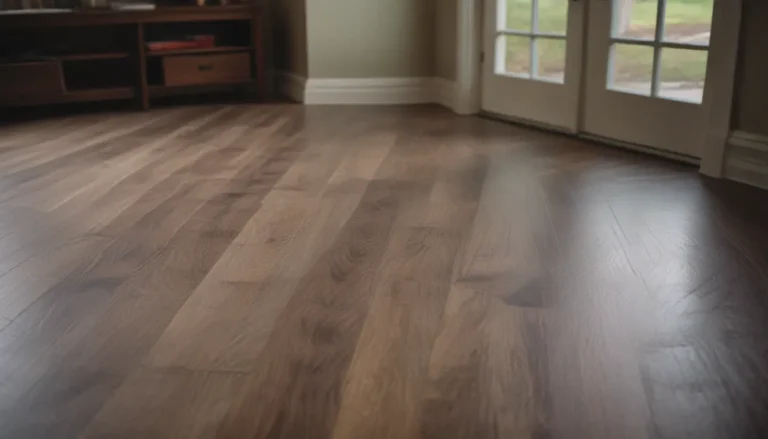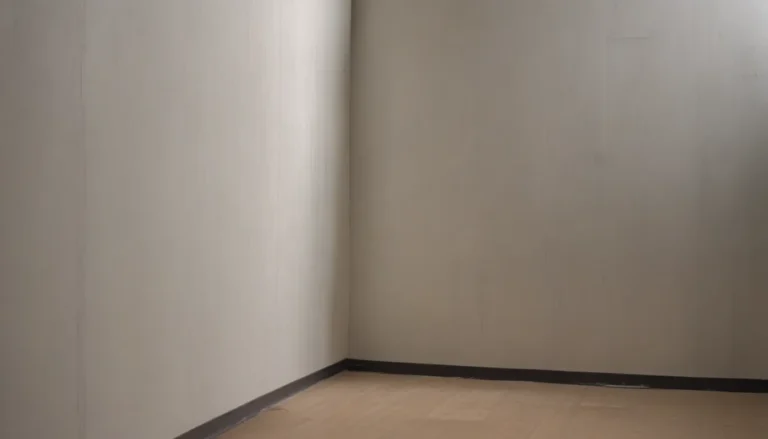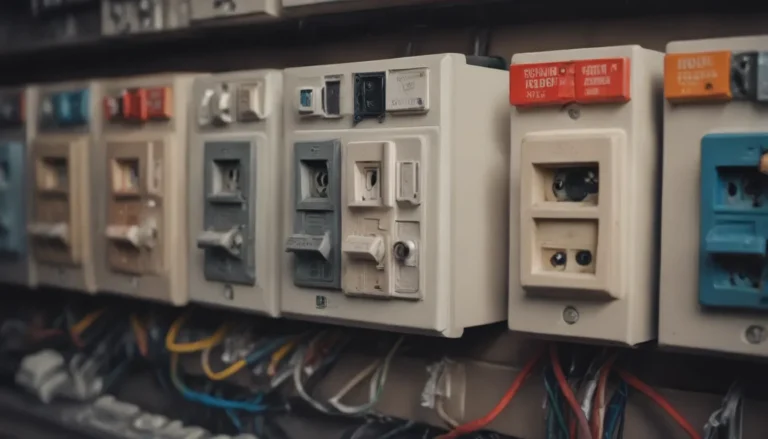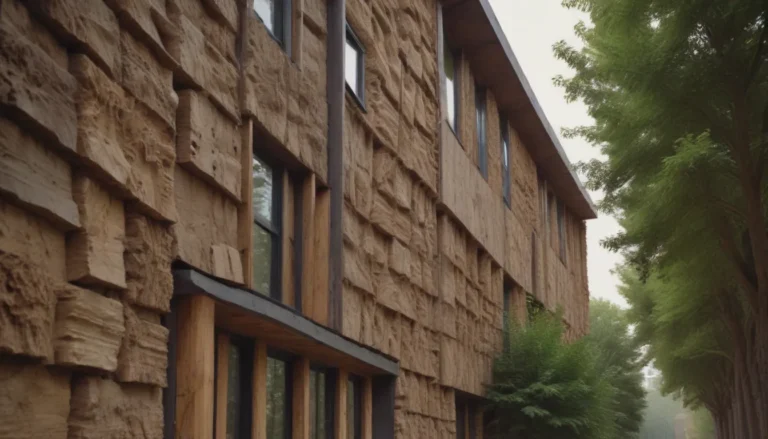Everything You Need to Know About Composting Toilets
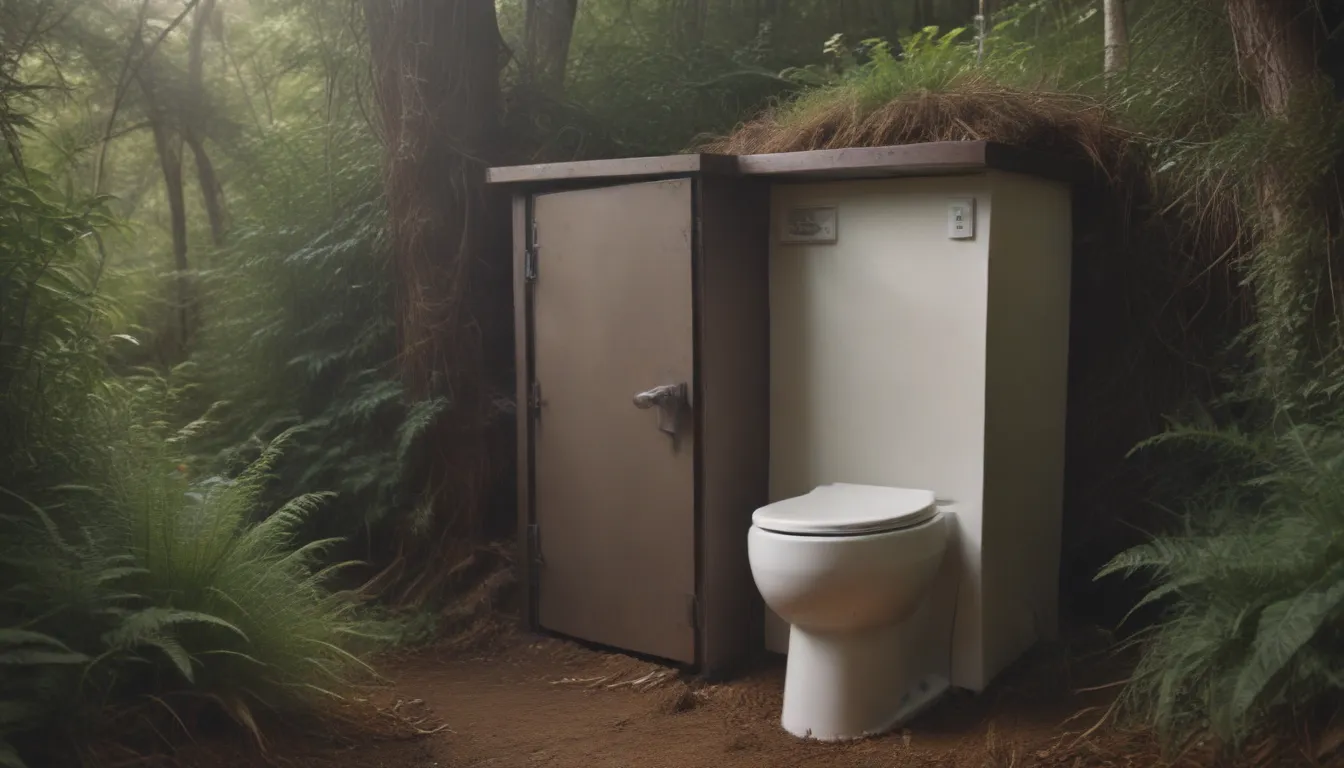
Composting toilets have been gaining popularity among environmentally-conscious individuals looking to reduce their water usage and create a more sustainable living environment. These toilets work by transforming human waste into compost-like material that can be used as fertilizer for enriching soil and supporting plant growth. If you’re considering making the switch to a composting toilet, here’s everything you need to know before making a decision.
How Composting Toilets Work
Composting toilets operate through a process known as aerobic decomposition, where organic materials break down in the presence of oxygen. Unlike traditional toilets that flush waste down the sewer pipe, composting toilets do not use water or chemicals. When waste is deposited into a composting toilet, it drops into a chamber where it begins to decompose. Adding a carbon-rich material such as sawdust, peat moss, or coconut coir helps reduce odor and allows oxygen to reach the waste for breakdown.
Handling the Nitty-Gritty Details
- Separating urine and feces: Some composting toilet models have separate chambers for liquids and solids to aid in decomposition.
- Decomposition time: Feces typically decompose within a few weeks under the right conditions.
- Dealing with diarrhea and vomit: These waste materials can also be composted effectively in a composting toilet.
- Disposing of toilet paper: Toilet paper can be composted along with other waste materials.
- Odor control: Proper maintenance and the addition of carbon-rich materials help reduce any unpleasant smells.
- Cleaning: Regular cleaning with homemade, eco-friendly solutions is recommended to maintain a healthy composting environment.
Types of Composting Toilets
There are two main types of composting toilets available, each tailored to different spaces and budgets.
Split System
- Also known as central systems, split system composting toilets have a pedestal and compost tank connected by a waste chute.
- Ideal for high-traffic areas and larger spaces like homes, parks, or clubhouses.
- Generally more expensive than self-contained systems.
Self-Contained System
- All-in-one units that combine the pedestal and composting container in a single unit.
- Popular in tiny houses, cabins, RVs, motorhomes, boats, and single-level homes.
- Suitable for smaller spaces and more budget-friendly.
Factors to Consider
Before investing in a composting toilet, there are several factors to consider to ensure it fits your needs and lifestyle.
Capacity
- The size of the composting toilet determines how often it needs to be emptied.
- Regular emptying is crucial to maintain cleanliness and proper functionality.
- Larger units can go longer between emptying sessions.
Cleaning
- Harsh chemicals should be avoided when cleaning a composting toilet to preserve the beneficial bacteria.
- Homemade cleaners using vinegar or citric acid are recommended for eco-friendly cleaning.
- Consider the ease of cleaning when choosing a composting toilet model.
Odor Control
- A well-maintained composting toilet should not produce any foul odors.
- Proper usage and maintenance are key to preventing odor issues.
- Waste can be composted or disposed of in a trash receptacle depending on your preference.
In conclusion, composting toilets offer a sustainable and environmentally-friendly alternative to traditional flushing toilets. By understanding how they work, the different types available, and what factors to consider before purchasing, you can make an informed decision on whether a composting toilet is right for you and your living situation.
Remember, when it comes to composting toilets, it’s all about finding the right fit for your needs and lifestyle to make your eco-friendly journey a smooth and successful one.
